The illusion of inclusion: Empty policies and promises for Bangladesh’s hijra community

In 2013, Bangladesh granted the hijra community "third gender" status, which constitutionally embedded their rights and safety, and started the process of opening economic opportunities to them. However, other than an official gender recognition, it did little to change the hijra community's historically tragic and exploited dire reality.
The acknowledgement came severely underfunded, without any policy changes, and had no impact on the social and cultural transformation needed to incorporate the historically marginalised hijra community into Bangladeshi society. In Bangla, hijras are referred to as jouno o lingo protibondhi, meaning "a person with sexual and gender disabilities," and this term has further ostracised the community based on their perceived sexual, physical, and gender shortcomings. Although Bangladesh has made legal changes on paper that are considered as markers of progress in a Western context, little has been done to improve the lives of the hijra community from a social and economic perspective.
The hijra community is the oldest transgender group in the world, and their fight for equality precedes the formation and subsequent split of the South Asian countries they inhabit. But this was not always the case. Some hijra communities were and are considered to be members of a holy caste of people, whose presumed mythical powers and physical traits led to their reverence and indispensability within the Mughal Empire.
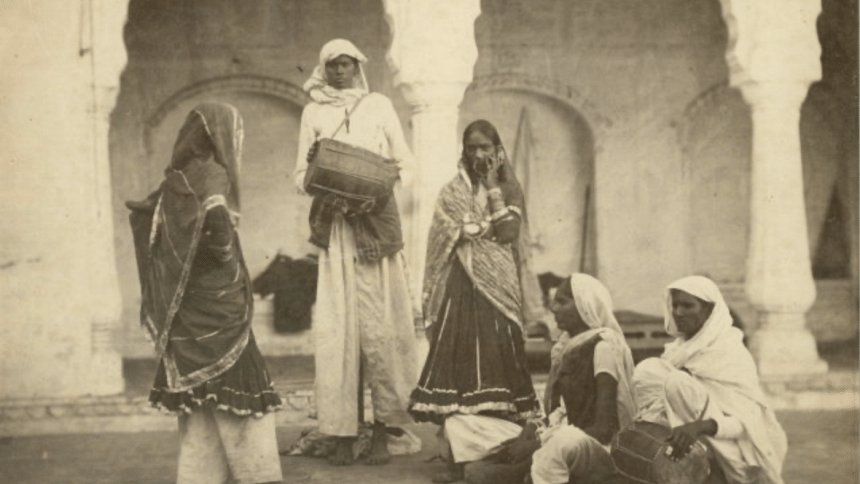
However, the British colonial powers' quest to civilise Indian society, and their ideas of morality and traditional gender norms were in direct conflict with the existence of the hijra community. They viewed this group with disgust and frustration due to their inability to understand and place them into rigid gender categories, causing them to implement rulings that led to the community's rapid marginalisation. This is not to claim the group did not previously face discrimination or violence, but that British colonial rule hastened and exacerbated the socio-economic, cultural and political decline of the community.
The policing and criminalising of hijra communities stigmatised and alienated them across the Indian subcontinent, undercurrents of which continue to be found in South Asian countries today, including Bangladesh. In the last decade, Bangladesh's remarkable and unexpected economic success has outpaced all its peers. As the world watches, Bangladesh's pressure to perform continues to increase. This pressure has often led to the implementation of ineffective, hasty and incomplete policies, designed mainly to appease and cater to Western ideas of growth and advancement.
Bangladesh's recognition of the hijra community as "third gender" is one such performative policy. Since its implementation in 2013, the hijra community has been strongly persuaded, and often compelled, to identify as third gender in all official documents for data collection. From the perspective of the hijra community, this push for self-identification came with a hope to reap supposed benefits tailored to them; however, shortcomings of the policy were manifold and further worsened their circumstances. The complexities surrounding the rights and recognition of the hijra community in Bangladesh highlight a tragic paradox as they navigate a socio-cultural and religious landscape that struggles to accommodate their existence beyond the traditional binary structures of gender.
Bangladesh's hijra community is complex, unique and replete with specific cultural and social features that make it difficult to translate and categorise the group's identity into a monolithic marker of gender or sexuality. The term "hijra" includes members of the intersex community, castrated men as well as transgender women, among others. In Bangladeshi society, the term hijra is used generously and with abandon; not only is it used for members of the intersex or transgender community, it is a rebuke, used to call out effeminate characteristics, shame a lack of toxic but expected machismo in men, and curb a non-conformity to traditional sexual and gender roles. Till date, the word hijra is interchangeable to a gaali, an insult and a curse.
Colonial powers have stripped it so extensively of its depth and nuance, that today the community not only continues to be incorrectly identified, but also has become a homogenous marker of how an individual should not operate in society. The word hijra is treated as a contagion, one that is almost impossible to recover from, and this fear has been used to administer the population's behaviour and restrict freedom of expression. This fear of social and moral corruption has consequently distanced people from the community, and in turn led to a conflation of the term hijra. This ostracisation and ignorance is bred by the government as well, who have identified the community as only members of the intersex group, conveniently erasing other members of the hijra community and the rituals, disciple-guru relationship and social processes that predate the rich history of the group, and the intricate ways in which they architected the social fabric of South Asia. Not only are they relegated to the margins of society, but the policies aimed at improving these lives fail to acknowledge the existence and needs of crucial members of this group, making these political strategies ineffective, performative and superficial.
Often, hijra are assigned "male" at birth, but may identify as female later in life and prefer to be recognised as hijra or third gender, as many consider themselves to transcend the traditional rigid and binary confines upheld within society. However, this preference is based on choice, and a mandated government policy strips them of a right to choose. Depriving the hijra community of their ability to choose their preferred gender orientation and coercing them into identifying as third gender not only violates their individual authority, but diametrically opposes Bangladesh's goal of bestowing more rights on the hijra community. For a country that is not able to ensure the safety of its citizens and has a history of violence against the hijra community, the motivation behind enforcing a third gender ultimately becomes more symbolic and performative than substantive.
On the other hand, members of the hijra community who volunteer to self-identify as third gender face several difficulties as even after 10 years of implementing the policy, most government forms lack a third gender option. In 2016, the Election Commission updated their voter list to include 50,320,362 men and 49,578,191 women; however, no information was provided on the number of hijra or third gender voters who had been registered on the updated list. Thus, the hijra were effectively barred from registering under the third gender status and were excluded from participating in the election process under their chosen gender identity. In these instances, the failure of the government and their lacklustre attempts at implementing these policies to improve the lives of the hijra community become glaringly evident.
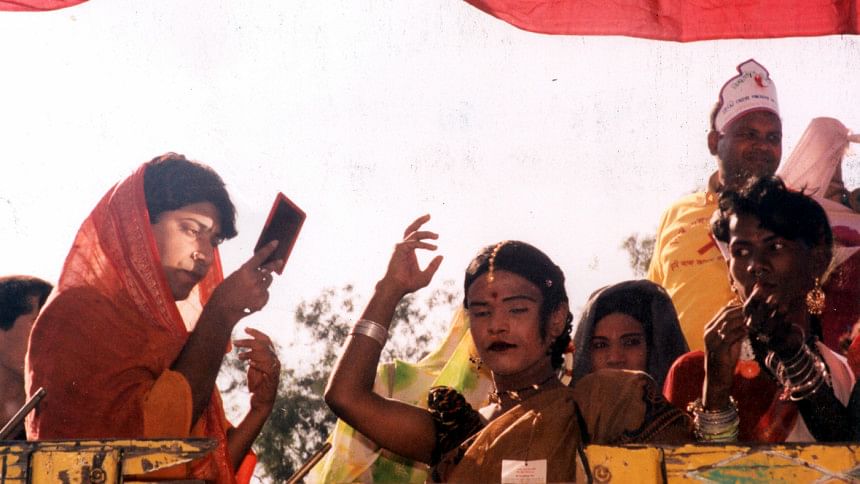
In Bangladesh, discrimination and social exclusion are a hijra's birthright. The intolerance starts at home, and stems from the family's need to preserve deep-rooted ideas of patriarchy and gender and sexual norms. The hijra community's effeminate mannerisms and cross-dressing are considered to bring shame to a traditional Bangladeshi family, and often become the reason they are banished from their homes and schools. It is naive and negligent to assume the complex barriers that have precluded the hijra community from gaining access to education, a family structure, basic needs, and equal employment opportunities can be addressed by the simplistic recognition of the third gender, without any additional work to address the bone deep prejudices extant in society. Family members prefer to completely sever ties with their hijra relatives, and this inevitable displacement makes them even more vulnerable and susceptible to violence and alienation. The hijra community faces a similar predicament in school, where they are physically bullied and verbally abused, called maigya polas (effeminate boy), and sexually exploited by their teachers who accuse them of violating school principles and social decorum.
Bangladesh has displayed its incompetence and impassivity by doing exactly that and a prime example of the country's inadequate and vapid policies lies in the first school it opened in 2020 for the transgender community. The aim was to provide education and eventual employment opportunities to release the group from a life of sex work, dancing, singing, or begging. However, the curriculum included only religious teachings and vocational subjects. The decision to not include subjects like Bangla, Mathematics, English, and Science only sets up the hijra community for failure.
In the last few years, Bangladesh has opened a handful of Islamic curriculum schools catering solely to the hijra community. However, does a separate school for this community truly work toward integrating them into larger society or does it further disparage and relegate them to the margins? Does the existence of a separate institution for hijra not label them as incapable and unworthy of mingling with larger society? A structurally inbred segregation inadvertently reinforces existing social biases and exacerbates the prejudices against the hijra community by alienating them from the mainstream education system. To effectively create space and equal opportunities for this community, the government needs to firmly enact anti-discrimination policies, build an inclusive curriculum and educate the masses to ensure the inclusion of hijra in mainstream institutions, and provide legal consequences for discrimination against the group.
Discrimination across the education and economic spaces inevitably bleed out to all extremities of the hijra community's existence, including their access to healthcare. Data shows that the community experiences extreme discrimination within the medical space, and impediments to accessing healthcare include harassment from hospital authority, inability to disclose conditions like STDs for fear of abuse, public derision, and the absence of medical infrastructure for the third gender. Additionally, although 80 percent of the hijra community sought assistance from government healthcare facilities, the overall success rate in achieving healthcare services was less than 50 percent. Regardless of gender identification, there have been no changes in the provision of healthcare services for the hijra community.
Due to their lack of access to the formal workforce, the group often earn their livelihoods through prostitution, which is legal in Bangladesh. However, Section 377 of the Penal Code makes homosexuality, and possibly gender nonconformity, illegal. And law enforcement agencies are given the liberty to arrest those suspected of committing a "cognisable offense." There are no set parameters for what is considered to be an offense of this nature, and an inordinate amount of power is placed in the hands of the law enforcement, who can make arrests based on subjective legal interpretations. For a system rampant with corruption, Section 377 provides the country's law enforcement with easy opportunities to perpetuate the harassment and extortion of the hijra community. The homophobic legacy of British colonialism continues to paralyse marginalised groups, and despite numerous opportunities to repeal the laws, the Bangladeshi government refuses to break away from its inherited shackles to provide equal protection and rights to all its citizens.
In addition to the socio-economic and casteist rhetoric surrounding the public marginalisation of the hijra community, a discourse on disability based on their putative genital status has emerged since their legal recognition as third sex and continues to perpetuate their discrimination. Labelling the hijra community as genetically disabled is baseless and confusing for the state and wider public. The hijra community themselves question being labelled as disabled, when they do not suffer from any physical, mental or sexual impediments. The government's decision to retain the term is unclear and ambiguous, as it is rhetoric around disability that has led to the group's marginalisation. Legal and state negligence toward the hijra community and a lack of motivation to bring grassroots change for the group is evident in policy implementation.
The hijra community are a systemically and constitutionally persecuted group, and the consistent attacks on them have prevented them from enjoying basic human rights. The intricacy with which these social structures are entangled require a comprehensive approach to solving the issue and a desultory legal recognition without social inclusion tools, autonomy and security, and a rights-based approach will continue to jeopardise the lives and safety of hijra people. However, this cannot be achieved without departing from the government's tokenistic approach toward them. As of now, neither the legal recognition nor the cultural understanding of the "other" has led to a communal acceptance of the group. In contrast, the hijra is perceived to be in a ridiculed state of liminality and are reduced only to their genital deficiencies. Ultimately, despite the intentions behind these policy changes, what has come to the forefront through the ostracisation and consistent conflation of this group is Bangladesh's desperate and sycophantic attempt at gaining the attention of "modern" and "liberal" hegemonies and being deemed as an upholder of neocolonial markers of progress as a means to achieve political clout.
Sara Rashid, based in New York, is interested in how religion and politics shape art in South Asia.
Views expressed in this article are the author's own.
Follow The Daily Star Opinion on Facebook for the latest opinions, commentaries and analyses by experts and professionals. To contribute your article or letter to The Daily Star Opinion, see our guidelines for submission.

 For all latest news, follow The Daily Star's Google News channel.
For all latest news, follow The Daily Star's Google News channel. 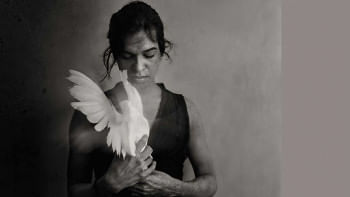



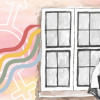
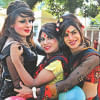


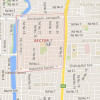


Comments